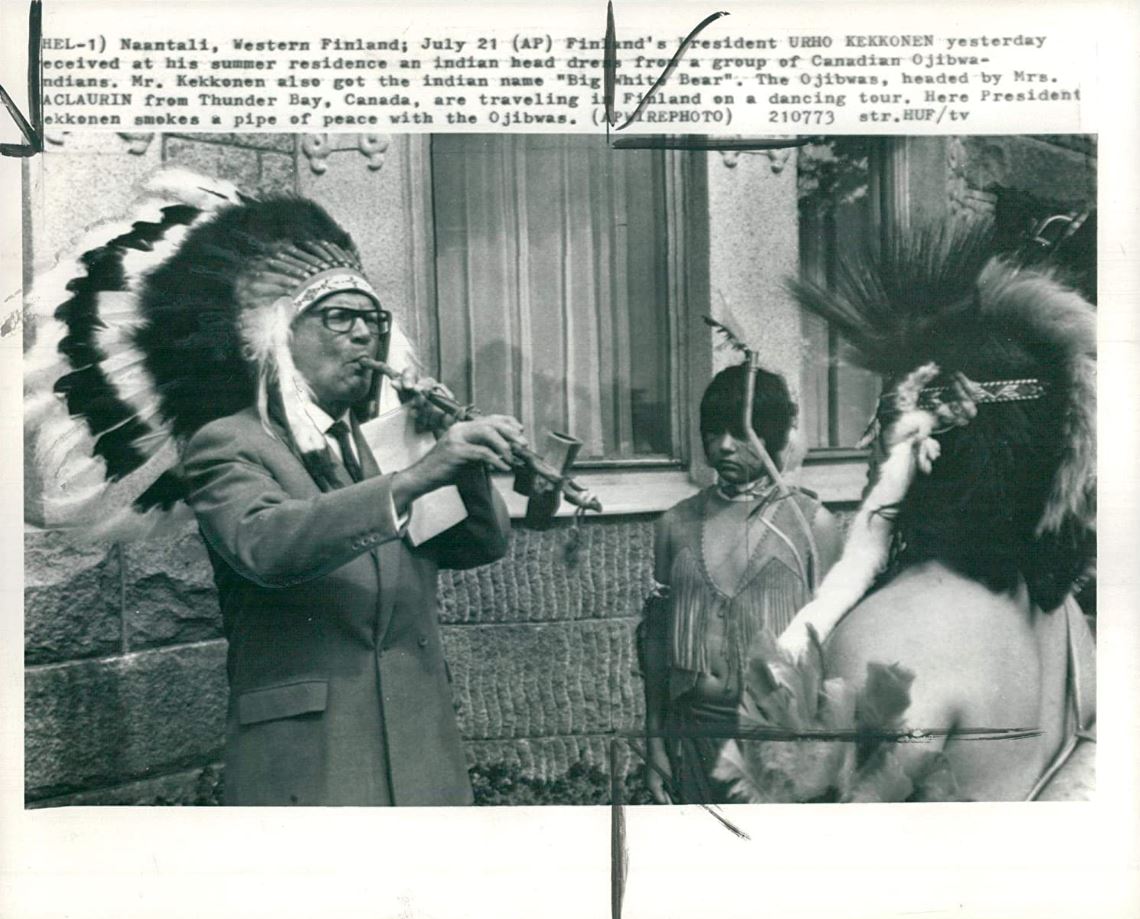
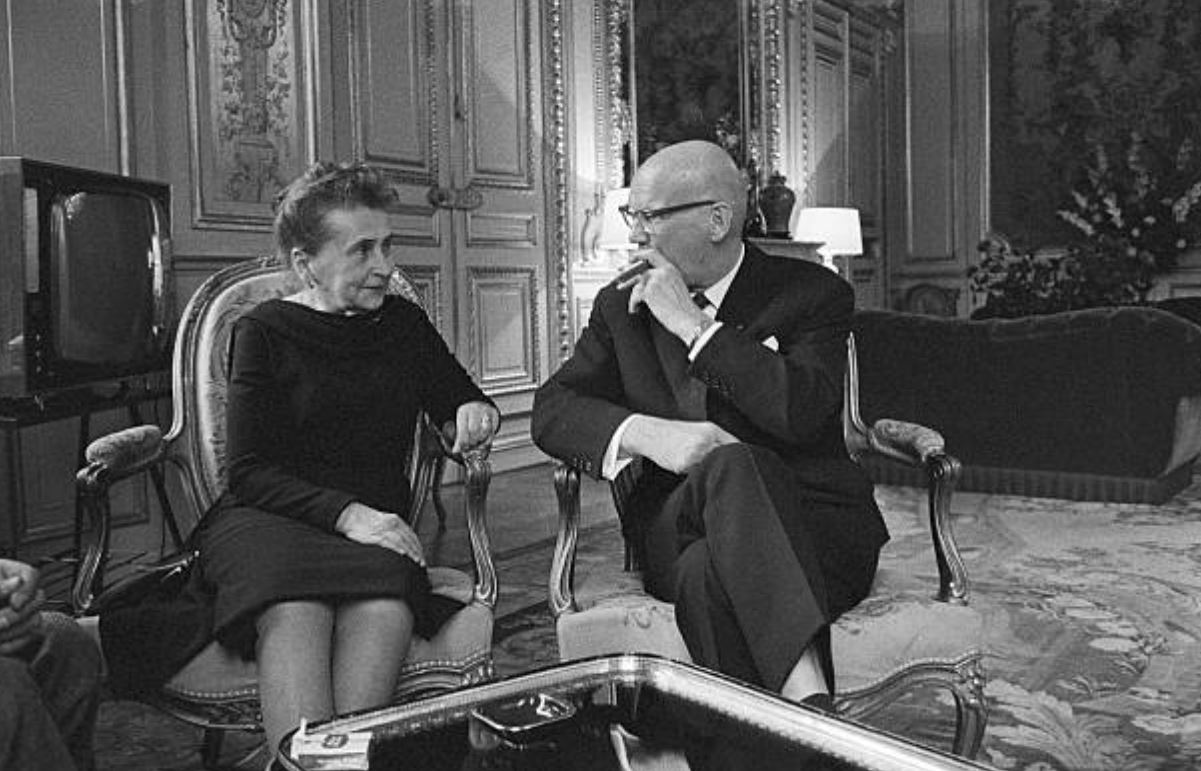
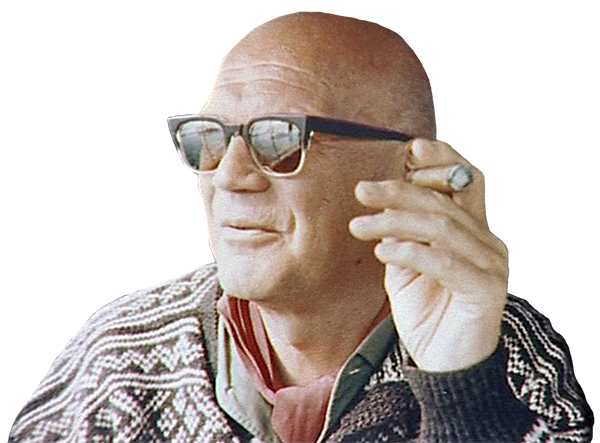
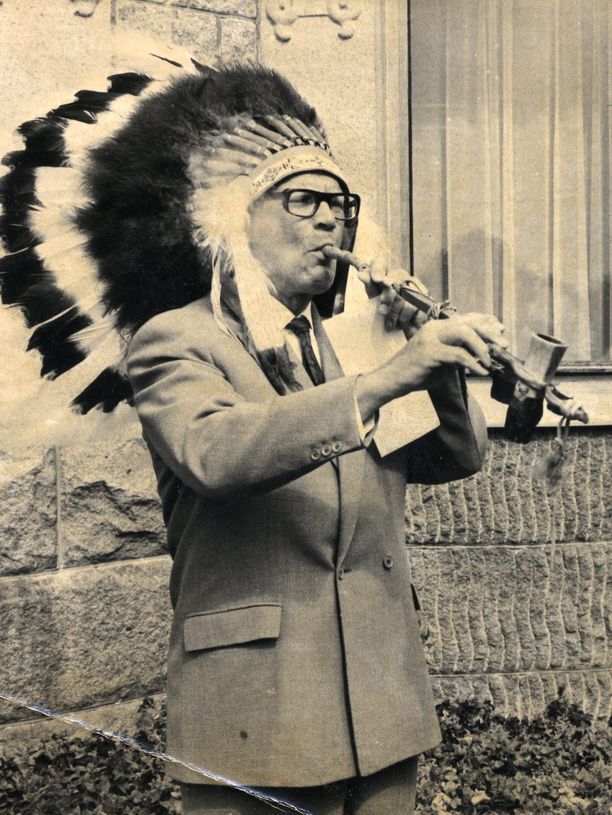

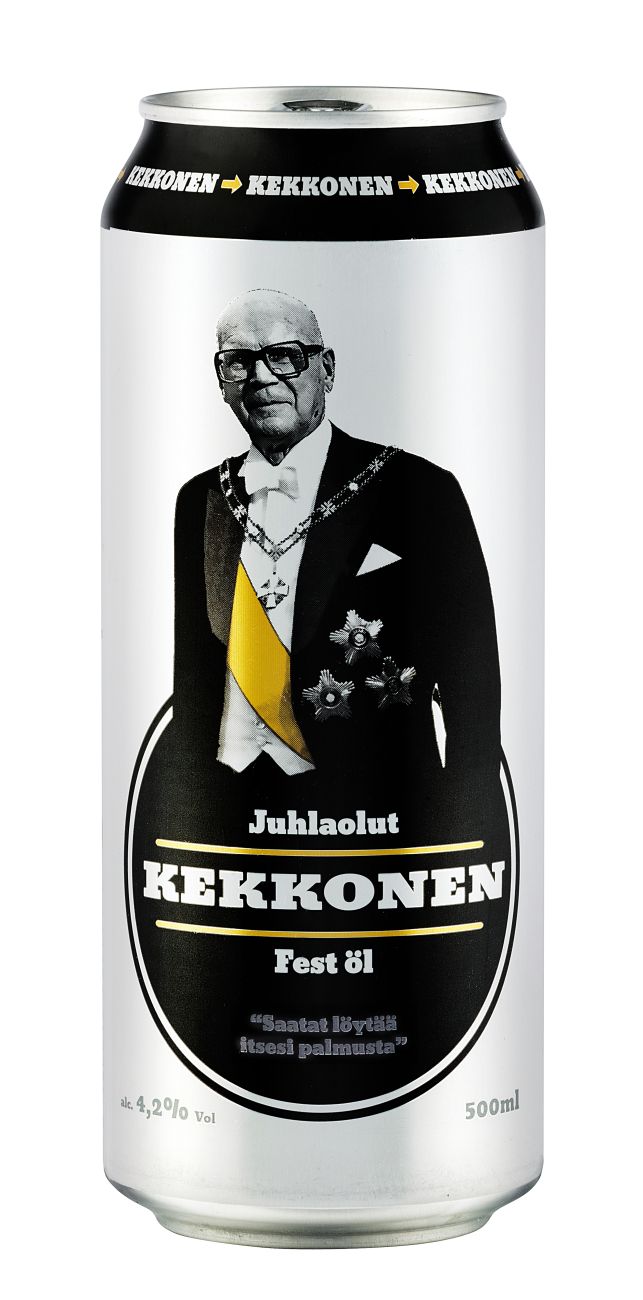
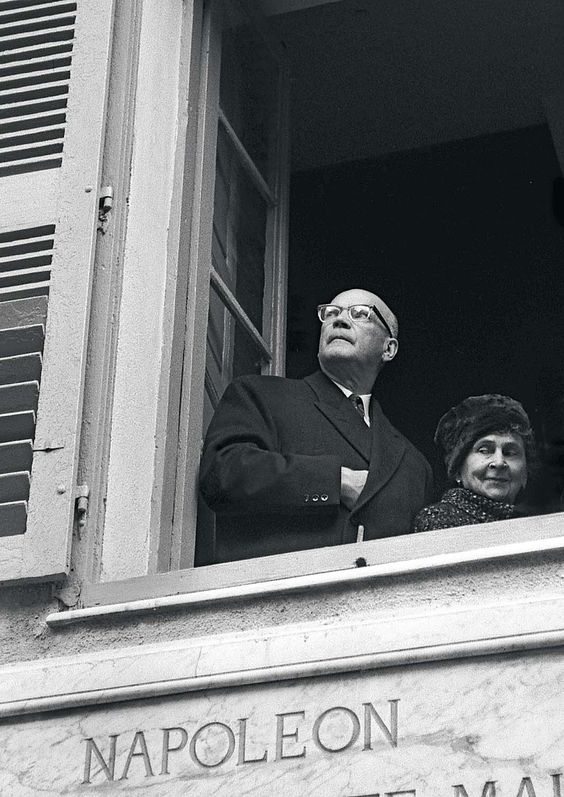
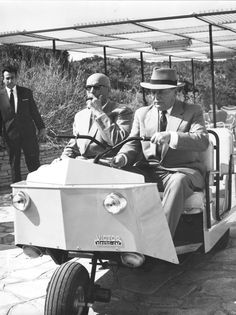
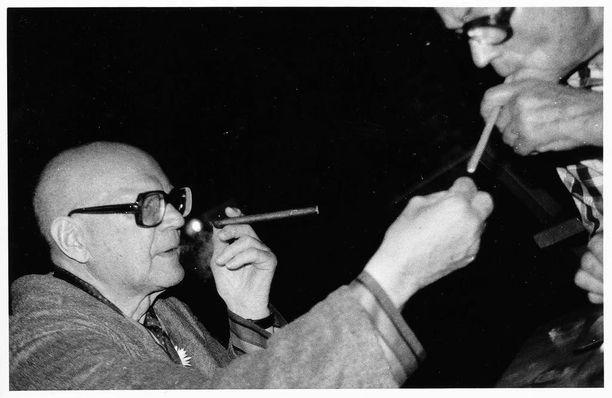
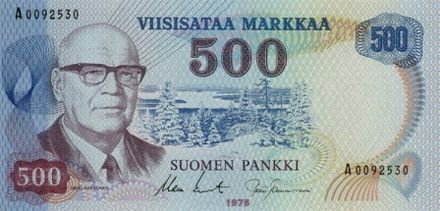
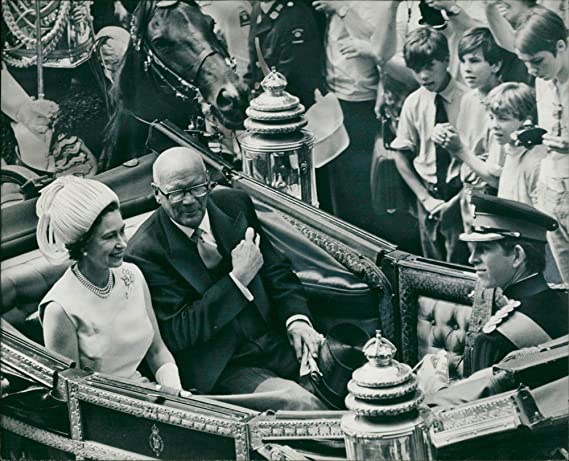
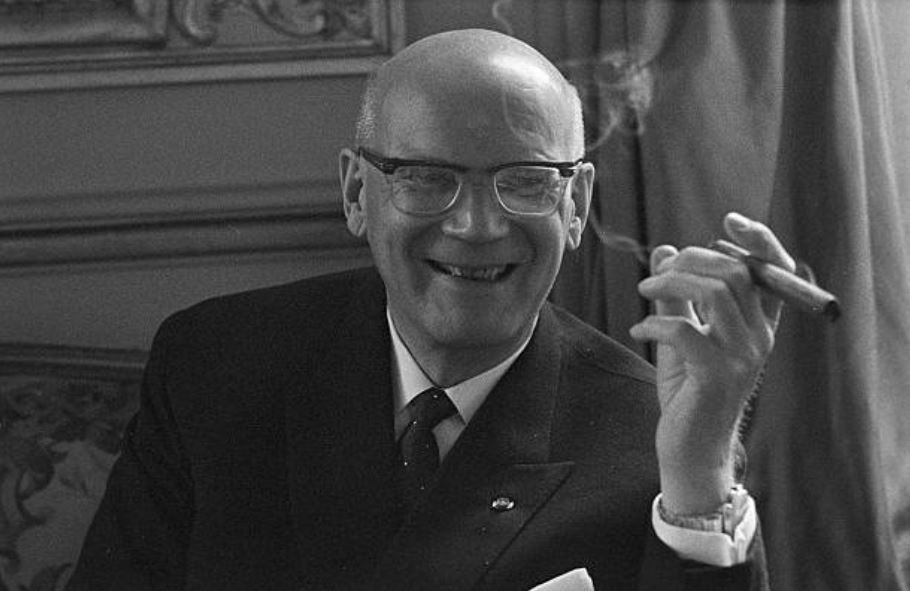
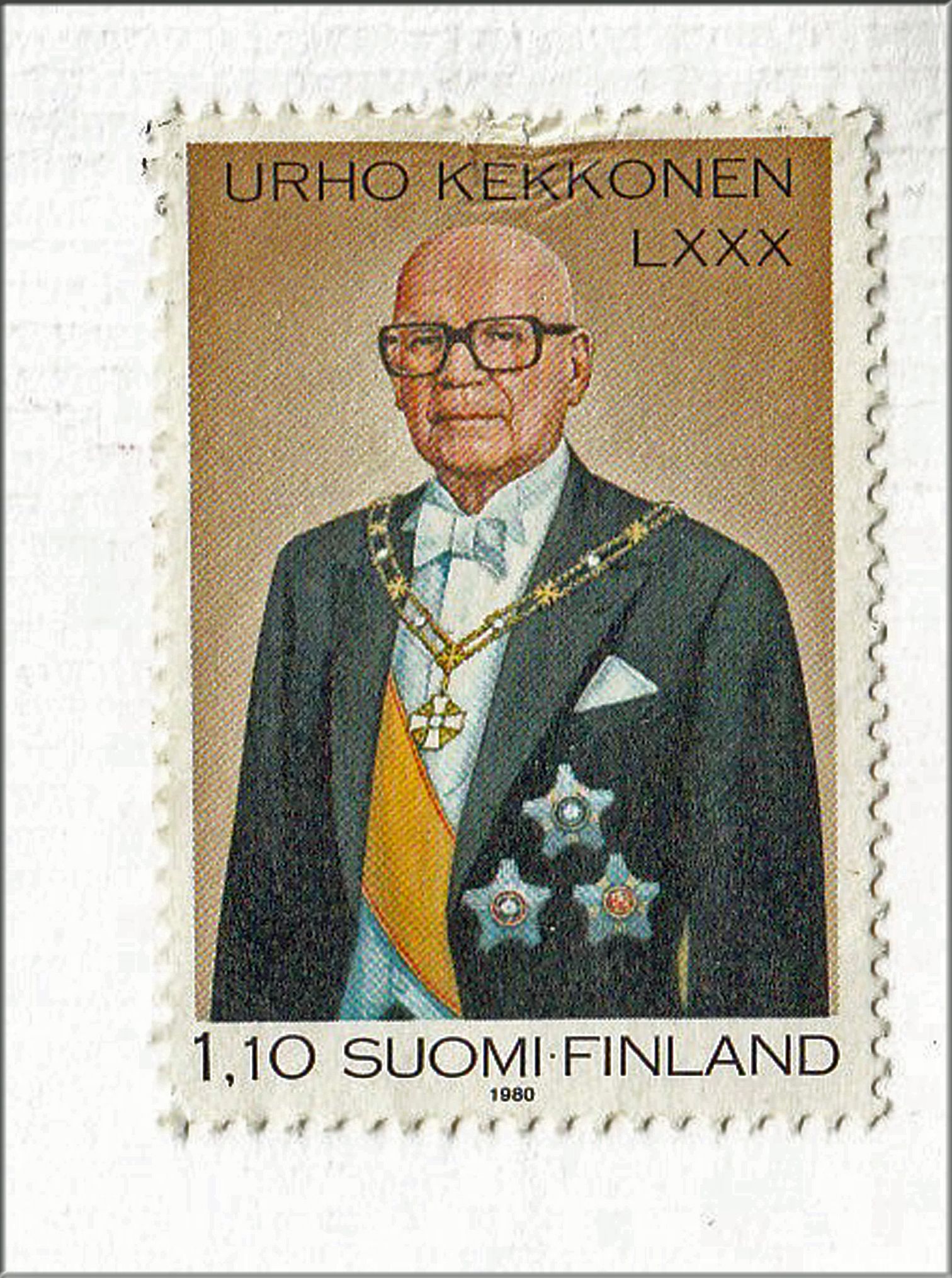
Urho Kaleva Kekkonen (3. syyskuuta 1900 Pielavesi – 31. elokuuta 1986 Helsinki) oli suomalainen poliitikko ja kahdeksas Suomen tasavallan presidentti. Hän oli tasavallan istuva presidentti yhtäjaksoisesti vuodesta 1956 alkuvuoteen 1982, yli 25 vuoden ajan. Viimeinen presidenttikausi jäi kesken sairauden takia.
Kekkonen on Suomen historian pitkäaikaisin presidentti. Hän on ensimmäinen henkilö, joka toimi tasavallan presidenttinä kaksi kokonaista kautta ja ainoa, joka on valittu toimeensa useammaksi kuin kahdeksi kaudeksi, mikä ei perustuslakiin eli entiseen Suomen hallitusmuotoon myöhemmin tehdyn muutoksen ja nykyisen Suomen perustuslain mukaan olisi enää mahdollistakaan. Ennen presidenttiyttään Kekkonen toimi muun muassa juristina, yleisurheilijana, oikeusministerinä, eduskunnan puhemiehenä sekä viiden hallituksen pääministerinä. Presidentin valitsijamiehenä, kansanedustajana ja ministerinä Kekkonen oli valitsemassa Kyösti Kalliota vuonna 1937, Risto Rytiä vuosina 1940 ja 1943, Gustaf Mannerheimia vuonna 1944 sekä J. K. Paasikiveä vuonna 1946.
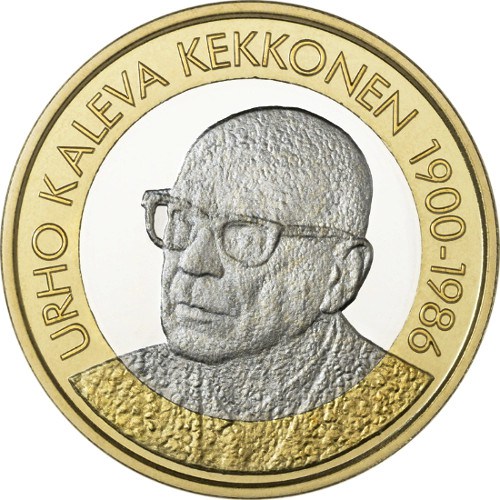
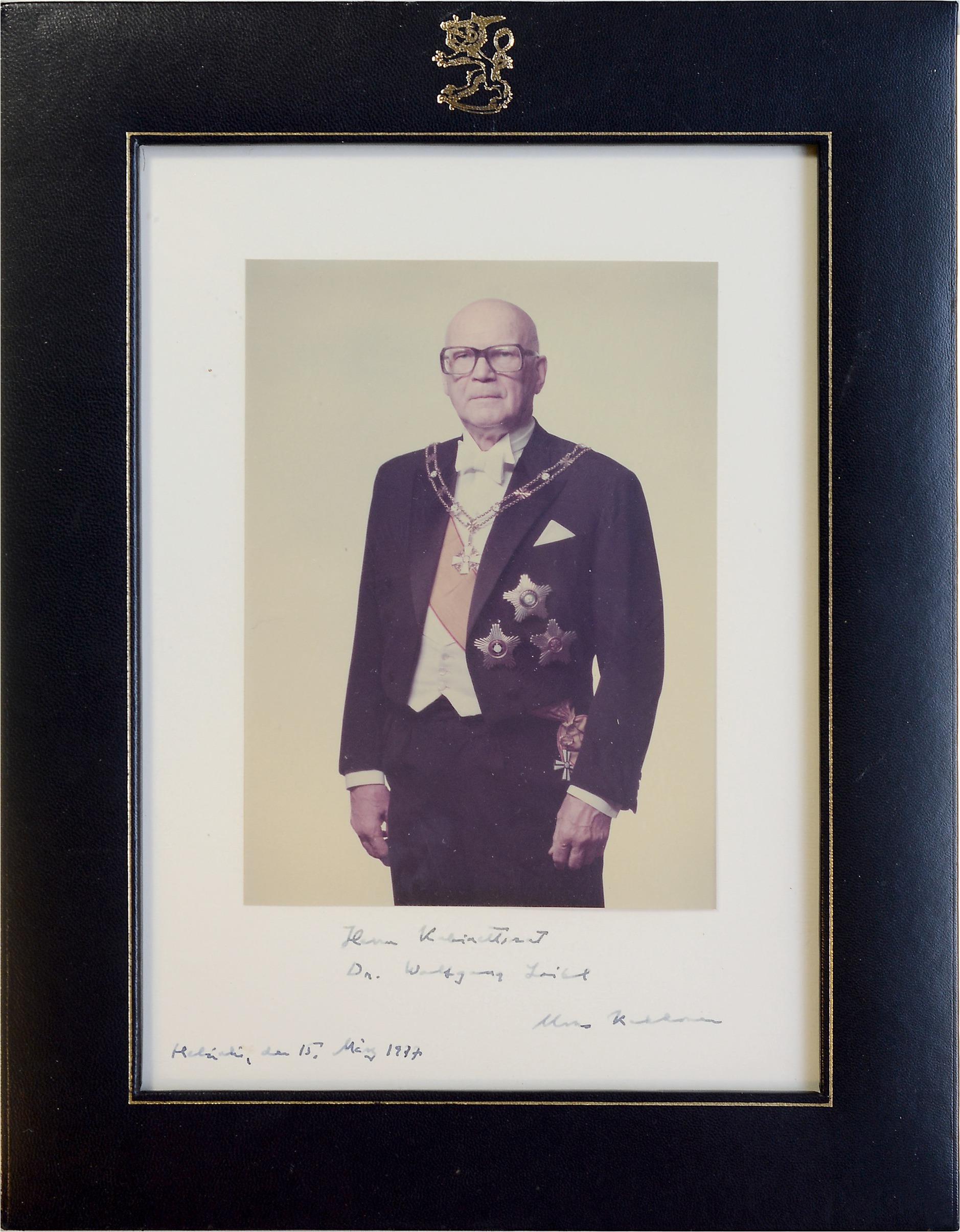
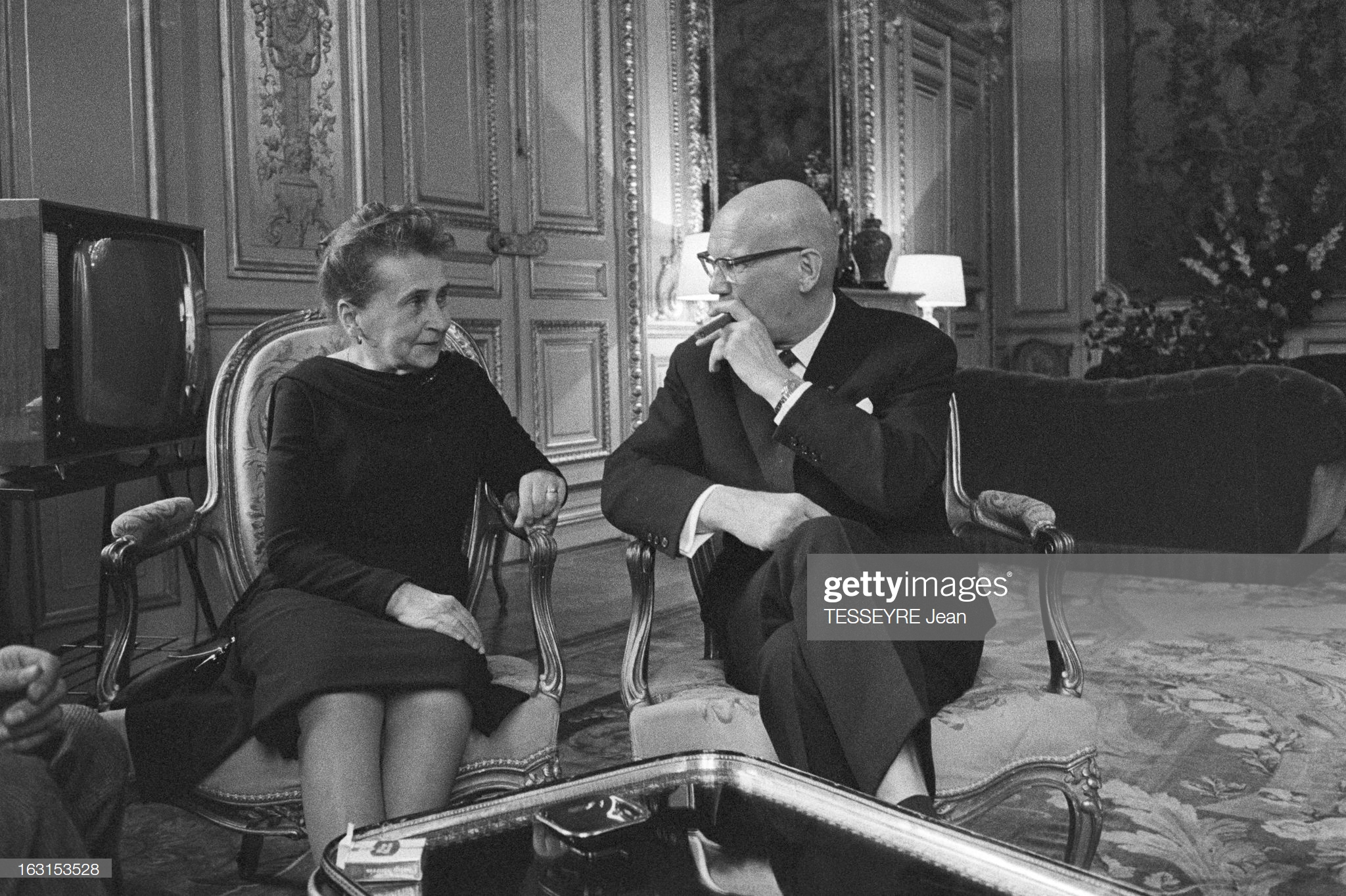
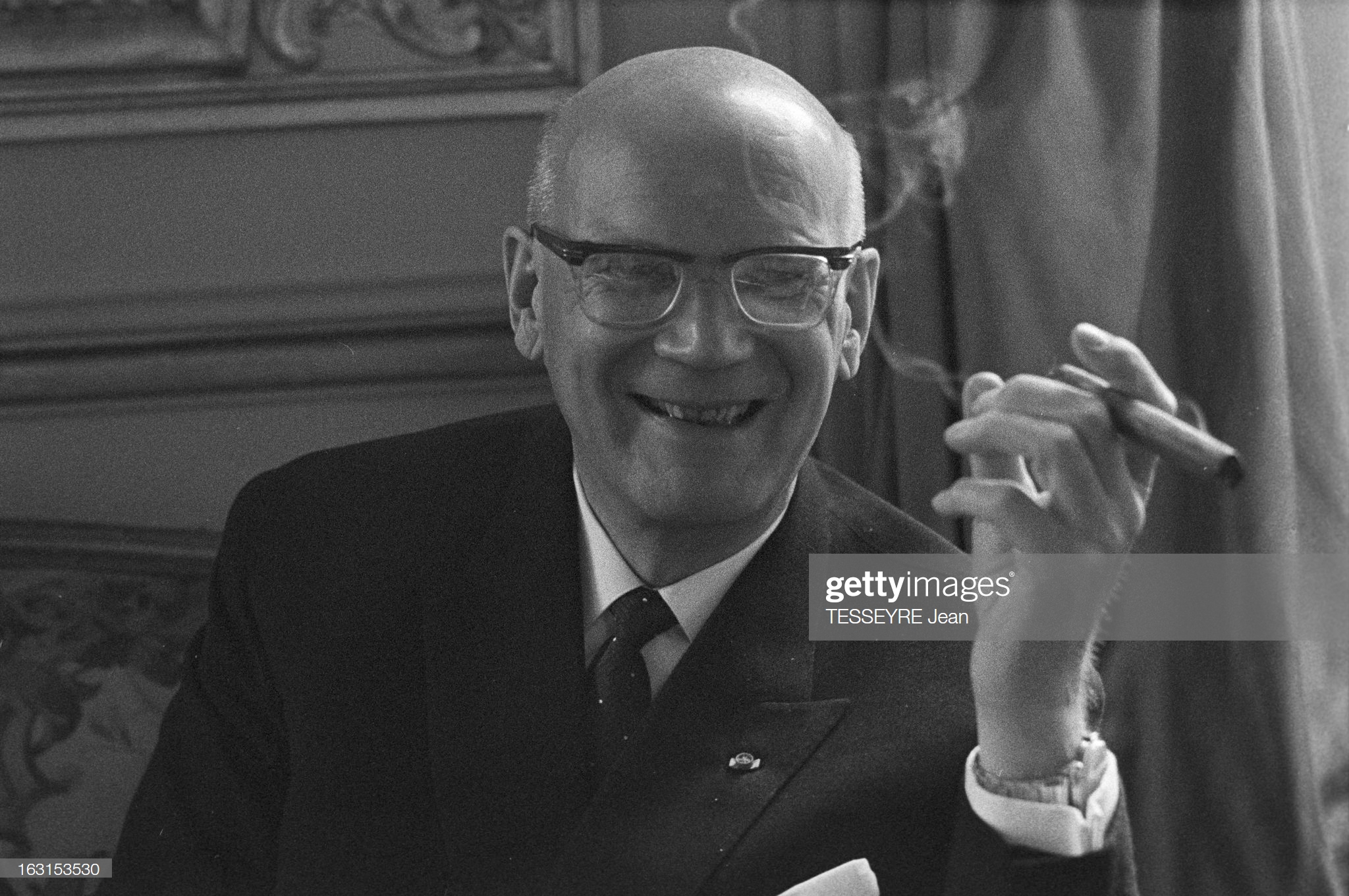
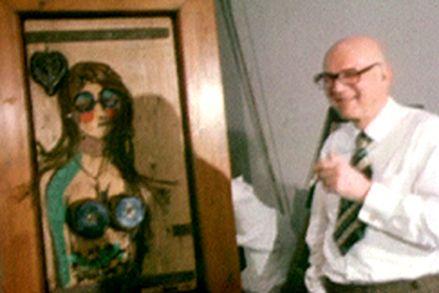
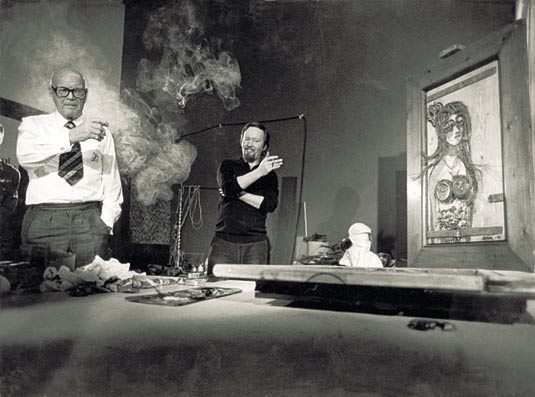
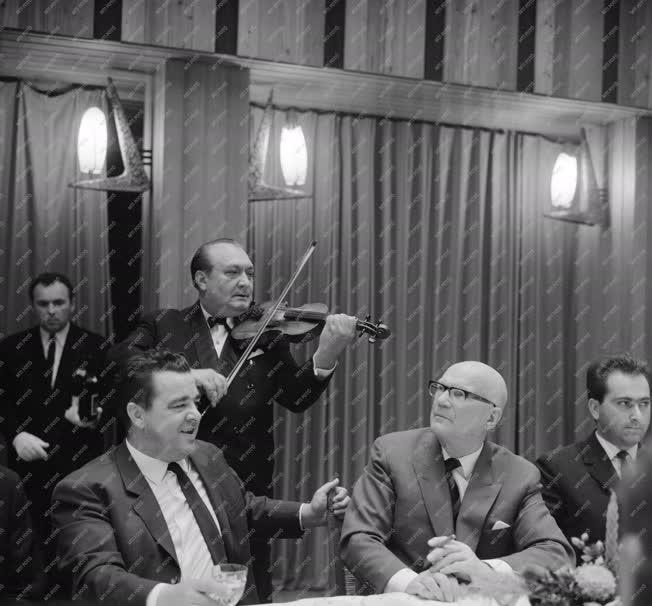

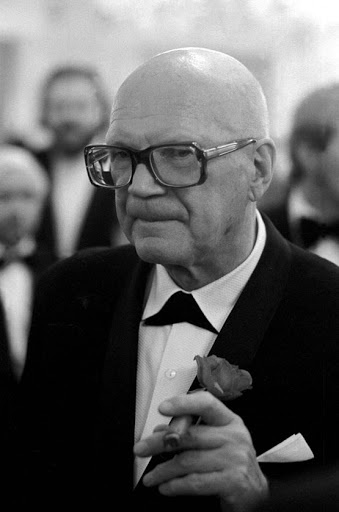
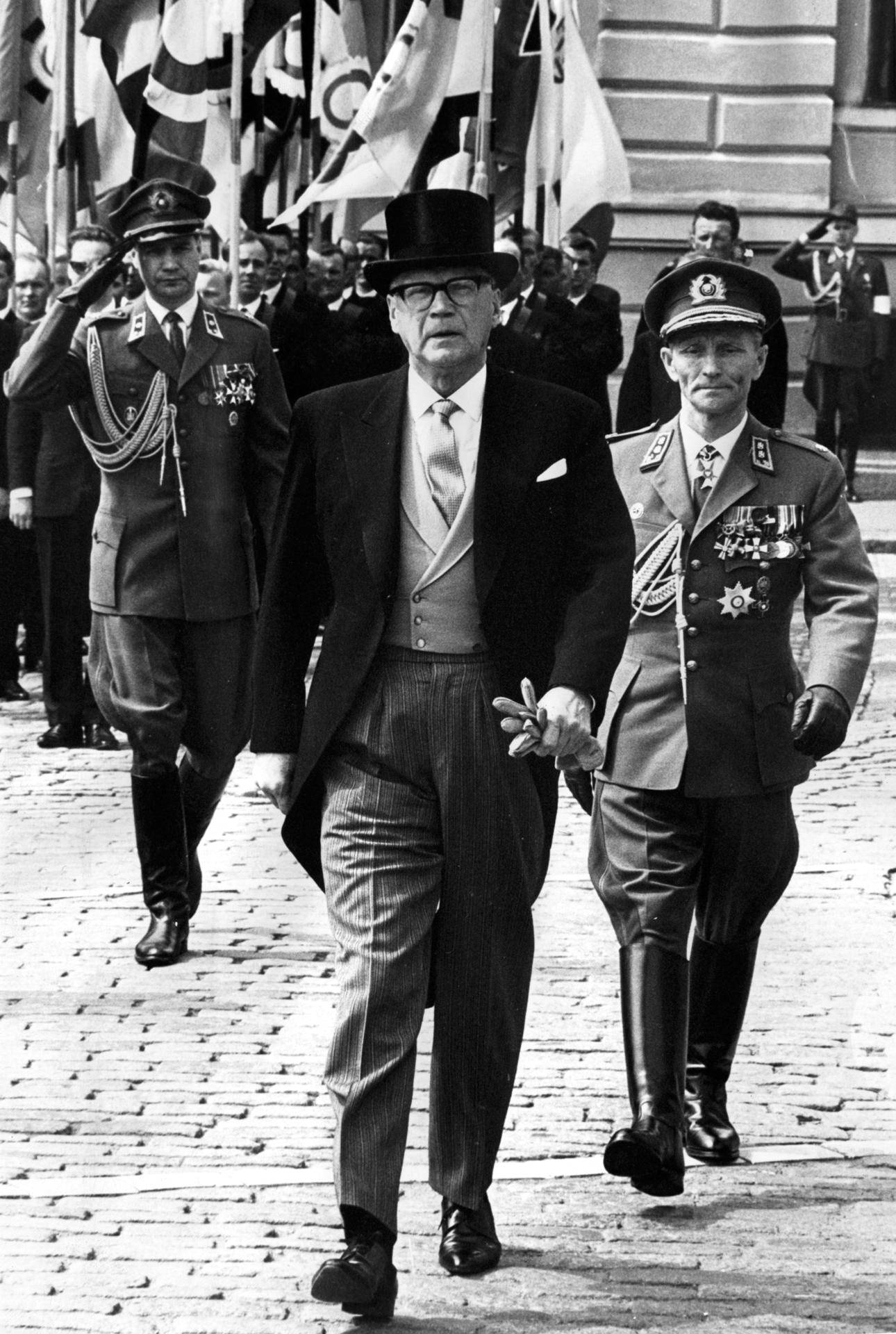
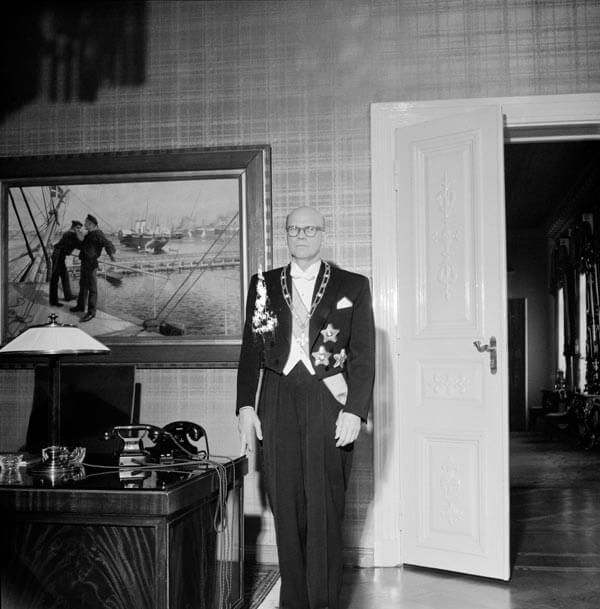
Urho Kaleva Kekkonen, (born Sept. 3, 1900, Pielavesi, Fin.—died Aug. 31, 1986, Helsinki), Finnish prime minister (1950–53, 1954–56) and president (1956–81), noted for his Soviet-oriented neutrality.
A northern lumberman’s son, Kekkonen studied at the University of Helsinki, receiving bachelor’s and doctoral degrees in civil law in 1928 and 1936, respectively. While working as an attorney, he became increasingly involved, from the 1920s, in the agrarian movement and was a civil servant in the Ministry of Agriculture (1927–32). He was a member of Parliament (1936–56) as a representative of the Agrarian Party (later renamed the Centre Party). Originally, he took a hard line against the Soviet Union and, in 1940, was one of only two members of Parliament to vote against ceding any Finnish territory to the U.S.S.R. By 1943, however, recognizing that Germany would lose the war, he concluded that Finland must adopt a policy of friendly neutrality toward the Soviet Union if it wanted to retain its independence.
Holding various ministerial and legislative posts, Kekkonen became prime minister in 1950, during the presidency of Juho Kusti Paasikivi, and he secured the presidency upon Paasikivi’s death in 1956. Their careful, but friendly foreign policy toward the Soviet Union came to be called the Paasikivi-Kekkonen line. Kekkonen continued to be reelected to the presidency (1962, 1968, 1978). In 1973 parliament extended his third six-year term in office an extra four years. He resigned in 1981.
